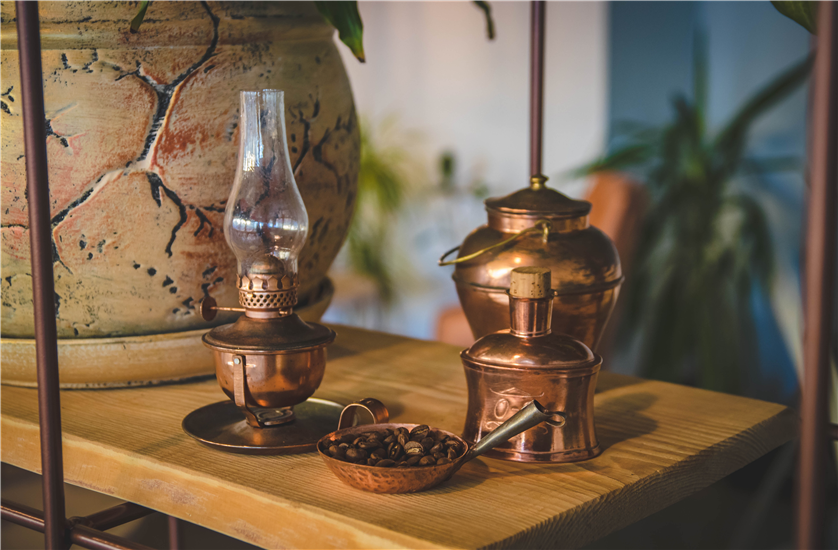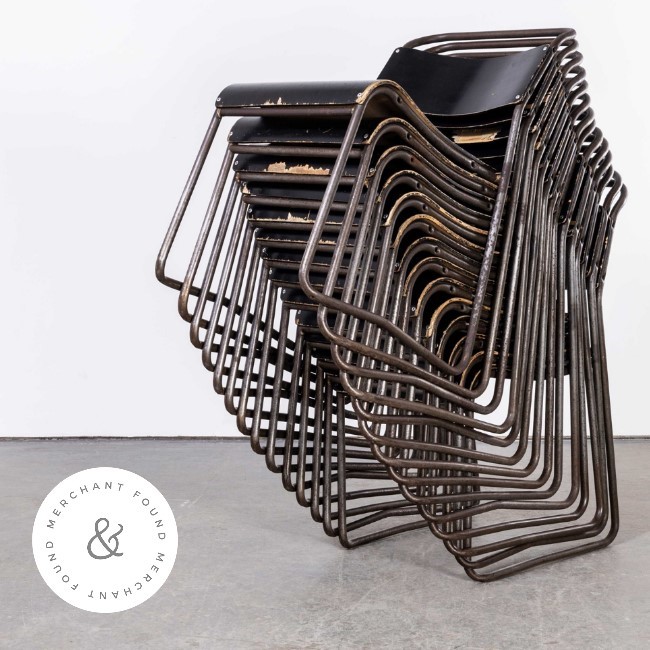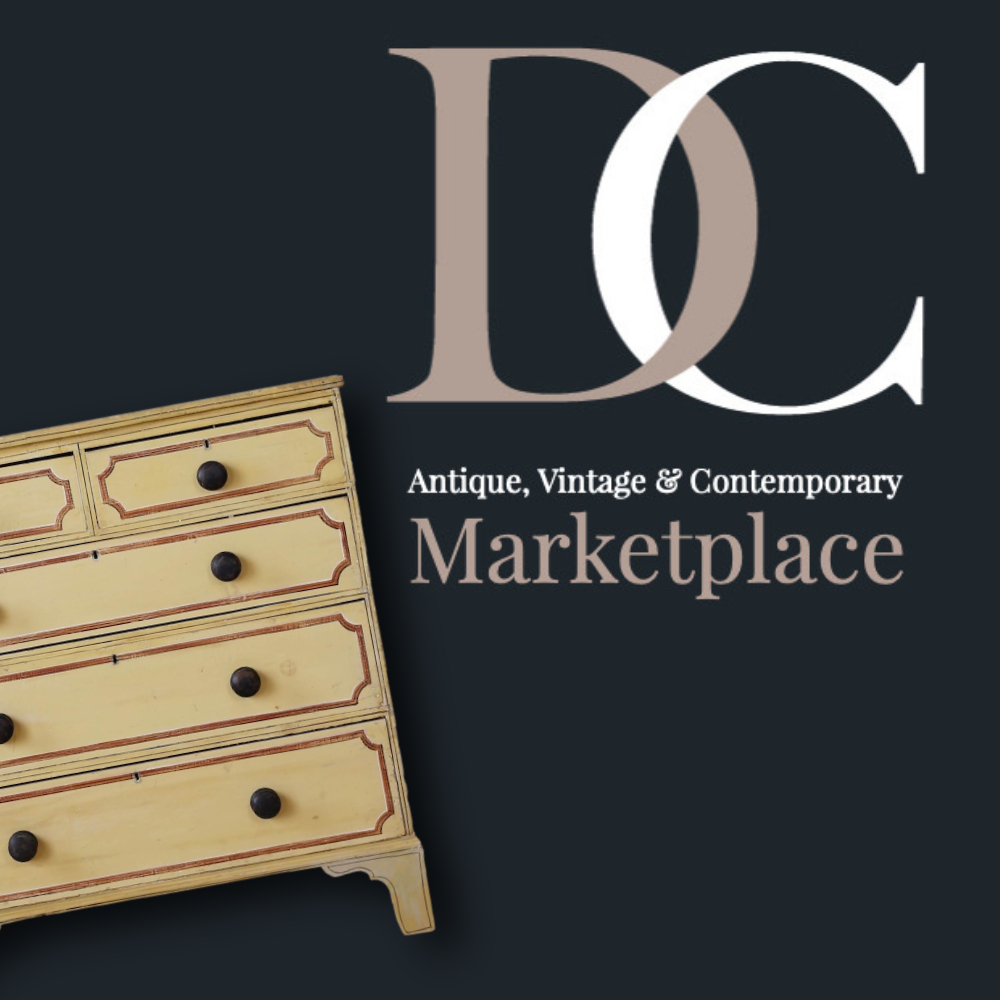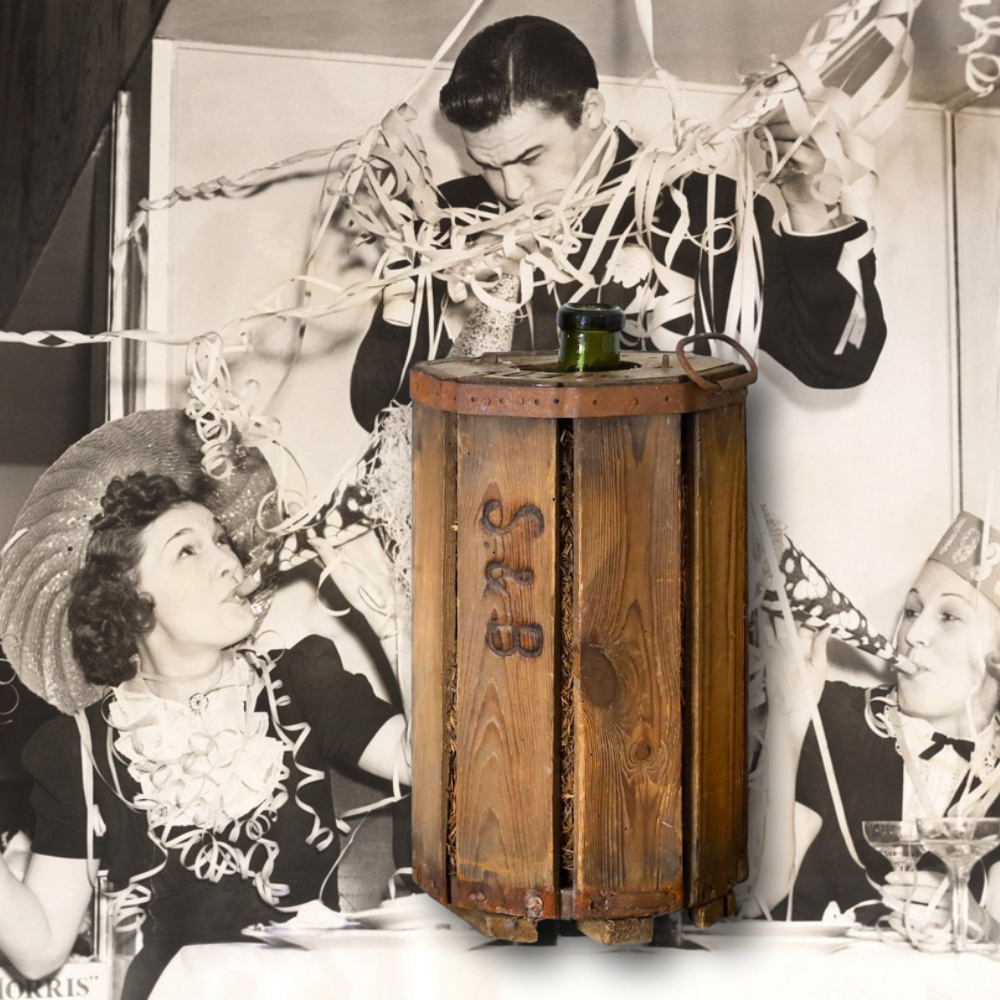
Brass adds a great touch to interior styling and there are a lot of fantastic brass antiques available. From brass handles on furniture to fixtures on internal doors and ornamental brass items, this metal features on a lot of antiques, which is why you need to know how to look after it.
Why Does Brass Tarnish?
While brass has a beautiful sheen to it that adds a wonderful warmth to your home, it can tarnish very quickly. This is due to oxidation, which is a reaction that takes place when brass comes into contact with the air.
This reaction sees a patina or tarnish form on the surface of the brass, which makes it look duller. Although this tarnish may not look as nice as clean brass, it actually helps to protect the metal against corrosion or damage.
This means that cleaning the brass too often can actually mean that it ages faster, so you’re best off leaving a few months between each clean.
What is the Difference Between Brass Tarnish and Corrosion?
Understanding the difference between corrosion and tarnish can help your brass antiques last longer, as well as ensure they look the part for years to come.
Typically, corrosion occurs when the zinc, tin and copper components of the brass are exposed to water. This causes pink or reddish splotches on the surface of the brass. As well as water, brass corrosion can be caused by ammonia or mercury, which will also result in pinkish blotches.
In comparison, oxidation looks very different as it tends to be blackish, blue or green. Oxidation hardens over the outside of the brass leaving a crust over the surface. Unlike corrosion, oxidation can flake off to reveal shining brass underneath.
As oxidation protects the brass, many people leave it as a decorative effect or event encourage it to create a more aged look.
How Do You Clean Antique Brass?
Before you start cleaning or polishing your brass, you need to assess whether it has been lacquered or not. Unlacquered brass easily tarnishes and needs to be cleaned every few months to stop tarnishing.
However, lacquered brass shouldn’t be polished as it can cause the lacquer to get damaged. You can see the lacquer on items as a clear layer and brass will only tarnish if this lacquer wears away or starts to crack.
Cleaning Lacquered Brass
Lacquered brass is generally easier to look after. Typically, you should only have to dust it regularly with a soft cloth to keep it looking its best.
If you do need to clean it, such as if something gets on the surface of the brass, simply use mild dishwashing soap, warm water and soft, clean cloth. Do not soak the brass, instead, use just enough water to remove what is on the surface before using a wet cloth to remove the soap residue. You can then dry with a clean towel.
You should never add lacquer to antique brass.
Cleaning Unlacquered Brass
If you want to keep your unlacquered brass looking shiny and bright, it will need polishing every few months to remove the tarnish build-up. You should use brass polish to do this, along with cotton cloths and a soft toothbrush. If you are polishing brass handles, these should be removed from the furniture or doors before polishing.
- First off, give the brass a dust with a soft clean cloth to remove any dirt, dust and debris from its surface.
- Add some brass polish to a clean cloth and start rubbing the tarnish off in circles (you may want to wear gloves to avoid getting the polish on your hands).
- If there are hard to reach areas, use the toothbrush to get the polish in them and remove the tarnish.
- Once you have removed all of the tarnish, use a clean cloth to buff the brass until it is nice and shiny.
If you want to avoid using brass polish, you can also try using salt and lemon to clean your brass. Simply cut a lemon in half before sprinkling salt on the cut surface and rubbing the lemon over the surface of the brass to remove tarnish.
Similarly, ketchup can be used to clean old brass as the acids in it break down the tarnish without being harmful to the metal.






